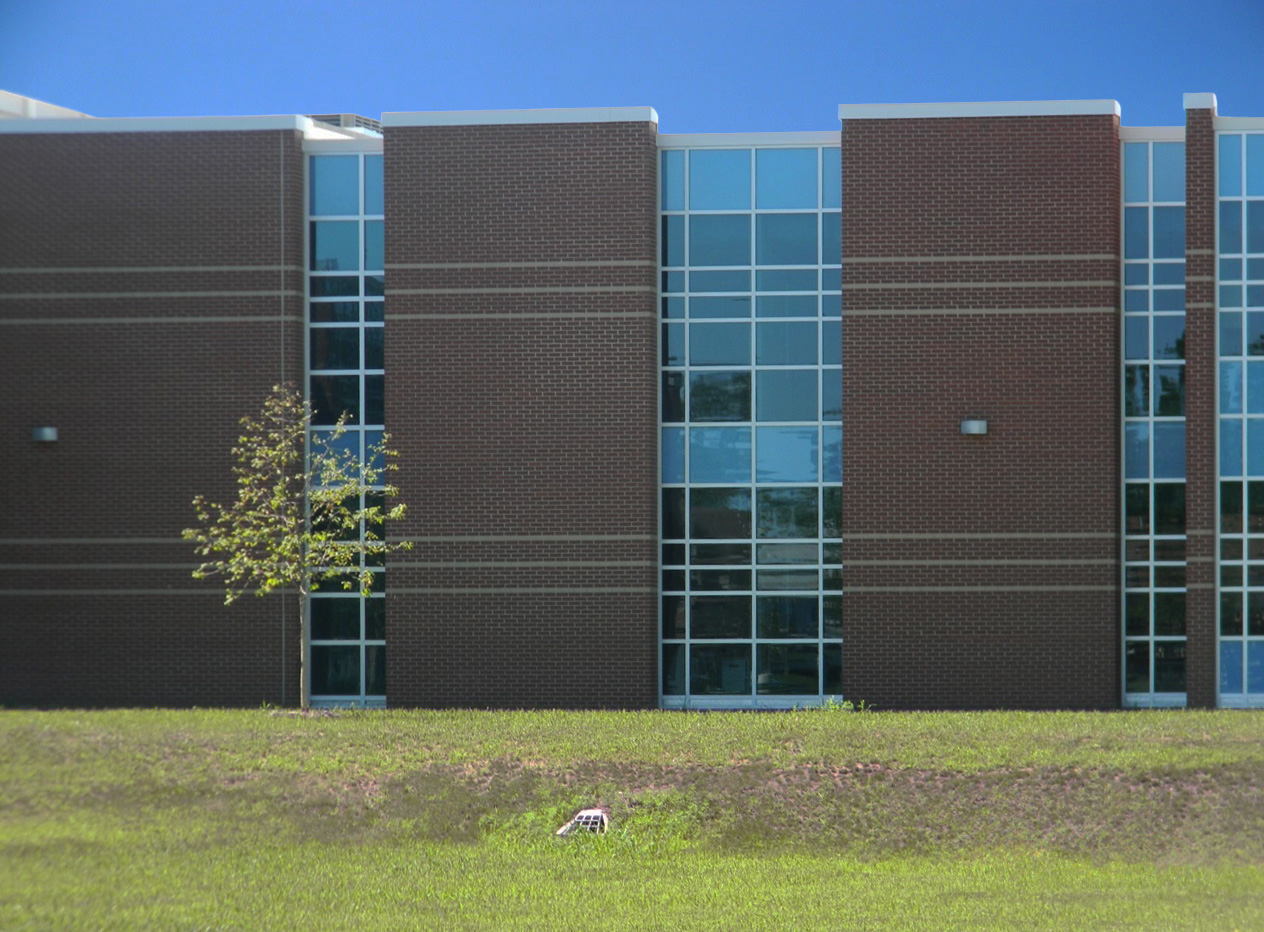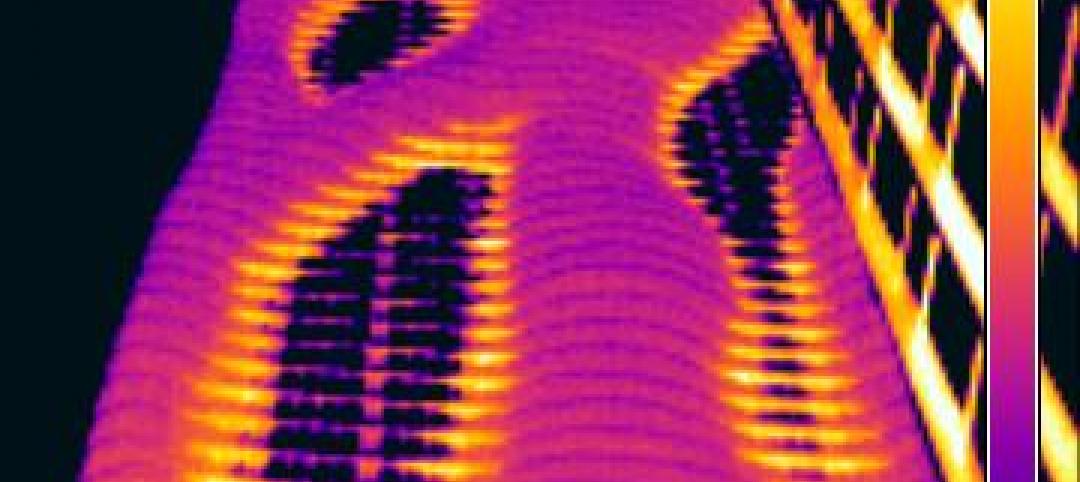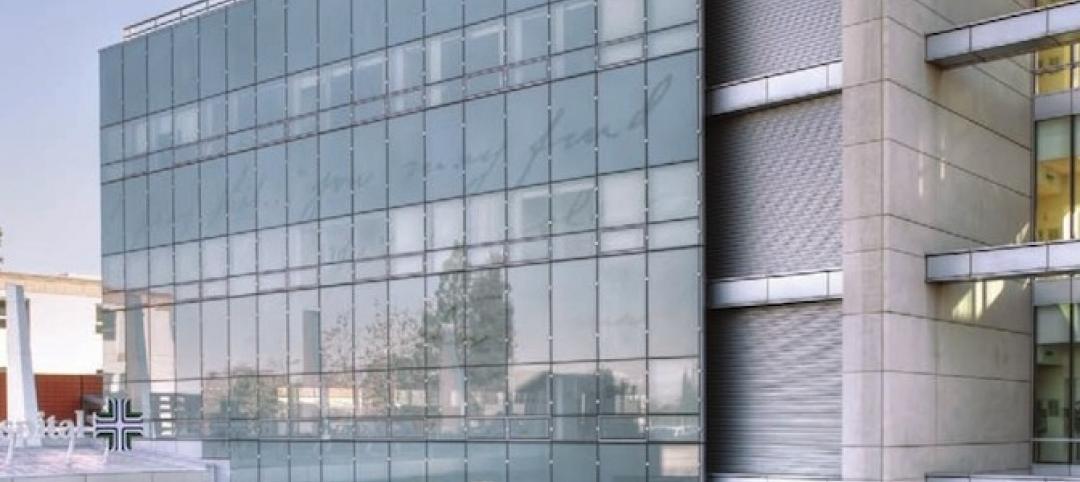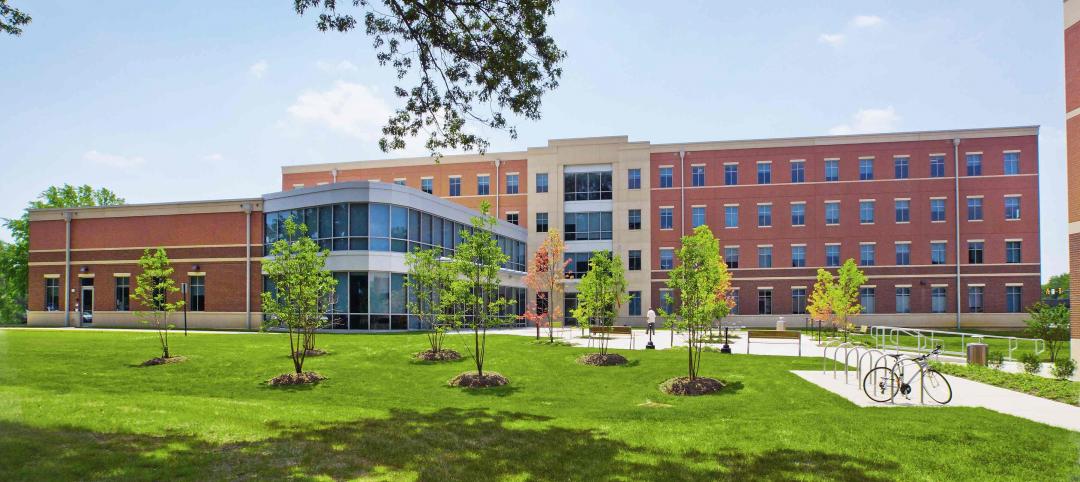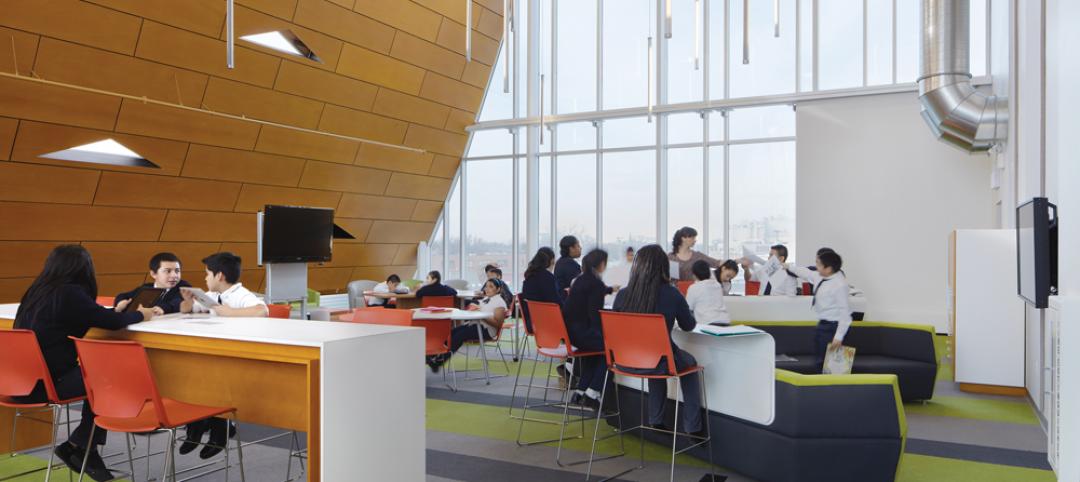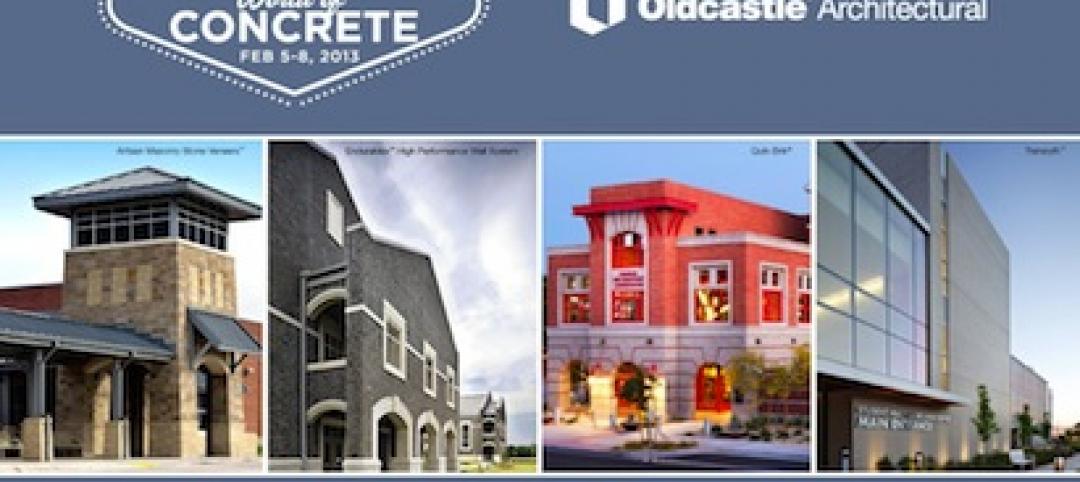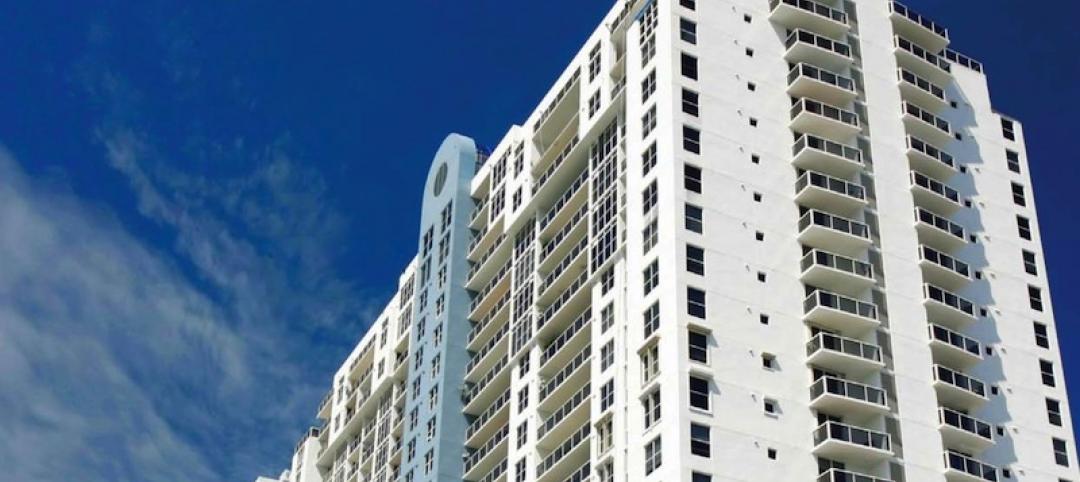Today, more and more design firms are incorporating glazing in their designs – particularly in the building envelope – to maximize the amount of natural light penetrating the building while creating a connection to the outdoor environment. Such was the case for Prairie Hills Junior High School in Markham, Ill., a brand new 200,000-sf modern building designed to accommodate the district’s 1,200 6th, 7th and 8th graders.
Project: Prairie Hills Junior High School, Markham, Ill.
Owner: Prairie Hills Elementary School District 144
Architect: Arcon Associates, Lombard, Ill.
General Contractor: Nicholas & Associates Inc., Mount Prospect, Ill.
Glazing Contractor: Rock Valley Glass, Cherry Valley, Ill.
Product Manufacturer/Supplier: SAFTI FIRST
Products Used: SuperLite II-XL 120 IGU in SAFTIfire CW Framing
The building’s south-facing elevation features a glazed aluminum curtain wall that incorporates PPG Solarblue and PPG Solarban 60 glazing. While this particular situation didn’t need to meet property line requirements, part of the curtain wall had to meet a two-hour rating because it was adjacent to a two-hour block wall through the building’s interior. In order to keep the original design and meet the fire rating requirements, the architect specified a two-hour fire rated curtain wall that met ASTM E-119/NFPA 251/UL263 requirements.
As the fire rated glass and framing manufacturer specified for this project, SAFTI FIRST supplied SuperLite II-XL 120 IGU in SAFTIfire CW Framing. This unique system performs as a fire barrier while still being part of the building’s exterior skin. It provides protection in the event of a fire while enhancing the building’s overall aesthetics and performance. Since the SAFTIfire CW Framing system is thermally broken, it is a natural selection for exterior fire resistive applications in places that experience extreme weather, such as the Midwest.
Contact Info:
SAFTIFIRST Fire Rated Glazing Solutions
325 Newhall Street
San Francisco, CA 94124
Phone: 888.653.3333
Fax: 888.653.4444
Web: www.safti.com
Email: info@safti.com
To match the look of the non-rated glass units used in the exterior, the SuperLite II-XL 120 fire resistive glazing was insulated with PPG Solarblue for the outdoor lite and PPG Solarban 60 for the indoor lite. The SAFTIfire CW Framing System offers the same hard-edged sightlines of extruded aluminum provided by popular non-rated systems. With the aluminum covers supplied with a clear anodized finish similar to the non-rated systems, the SAFTIfire CW Framing System blended perfectly, giving designers the uniform, seamless look that they desired.
In addition to meeting ASTM E-119/NFPA 251/UL263 for two-hour, the SAFTIfire CW Framing System was also tested for air and water infiltration and thermal movements. SAFTI FIRST also supplied structural calculations for wind load and seismic load, specifically stamped by an engineering firm from the state of Illinois.
Prairie Hills Junior High School opened its doors in August 2012. It is the first school in the country to receive Green Globe Certification from the Green Building Initiative and is currently awaiting LEED Silver certification from the U.S. Green Building Council.
Related Stories
| Jun 27, 2013
Thermal, solar control designs can impact cooling loads by 200%, heating loads by 30%
Underestimating thermal bridging can greatly undermine a building’s performance contributing to heating load variances of up to 30% and cooling load variances of up to 200%, says the MMM Group.
| May 17, 2013
5 things AEC pros need to know about low-e glass
Low-emissivity glasses are critical to making today’s buildings brighter, more energy-efficient, and more sustainable. Here are five tips to help AEC professionals understand the differences among low-e glasses and their impact on building performance.
| May 14, 2013
Easy net-zero energy buildings [infographic]
"Be a Zero Hero" infographic educates building industry professionals on ultra energy-efficient structural insulated panel construction
| May 8, 2013
Preventable curtain wall failures - AIA/CES course
In many cases, curtain wall failures are caused by fairly simple errors that occur during the fabrication and installation process. This presentation will highlight common errors and when they typically occur.
| Apr 16, 2013
5 projects that profited from insulated metal panels
From an orchid-shaped visitor center to California’s largest public works project, each of these projects benefited from IMP technology.
| Apr 10, 2013
23 things you need to know about charter schools
Charter schools are growing like Topsy. But don’t jump on board unless you know what you’re getting into.
| Apr 8, 2013
Oldcastle Architectural acquires Expocrete Concrete Products
Oldcastle® Architectural has acquired Expocrete Concrete Products Ltd., giving North America’s largest producer of concrete masonry and hardscape products an increased presence in the high-growth region of western Canada.
| Apr 3, 2013
AIA CES class: Sealant repairs that last – hybrid sealants for building restoration
It is hard to talk about restoration without talking about sustainability. This two-hour interactive online course discusses the role that restoration can and does play in the arena of sustainability, and specifically the role that sealants play in sustainable design and repair.


